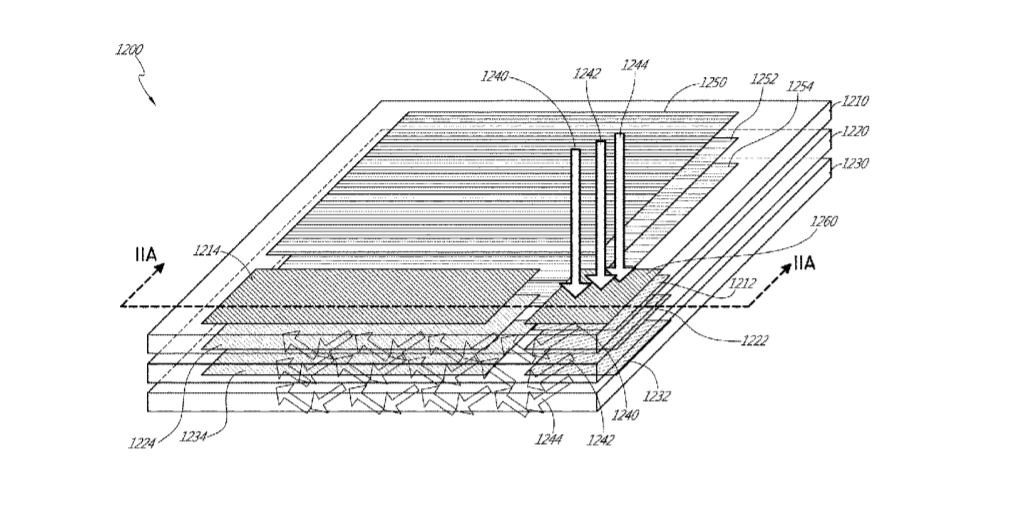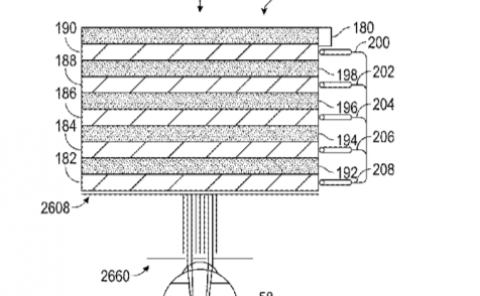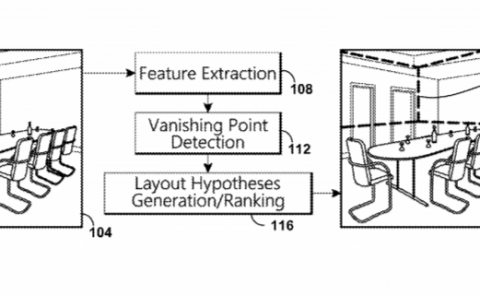Magic Leap Patent | Architectures and methods for outputting different wavelength light out of waveguides
Patent: Architectures and methods for outputting different wavelength light out of waveguides
Publication Number: 10156725
Publication Date: 2018-12-18
Applicants: Magic Leap

Abstract
Architectures are provided for selectively outputting light for forming images, the light having different wavelengths and being outputted with low levels of crosstalk. In some embodiments, light is incoupled into a waveguide and deflected to propagate in different directions, depending on wavelength. The incoupled light then outcoupled by outcoupling optical elements that outcouple light based on the direction of propagation of the light. In some other embodiments, color filters are between a waveguide and outcoupling elements. The color filters limit the wavelengths of light that interact with and are outcoupled by the outcoupling elements. In yet other embodiments, a different waveguide is provided for each range of wavelengths to be outputted. Incoupling optical elements selectively incouple light of the appropriate range of wavelengths into a corresponding waveguide, from which the light is outcoupled.
Background
The present disclosure relates to virtual reality and augmented reality imaging and visualization systems.
Modern computing and display technologies have facilitated the development of systems for so called “virtual reality” or “augmented reality” experiences, wherein digitally reproduced images or portions thereof are presented to a user in a manner wherein they seem to be, or may be perceived as, real. A virtual reality, or “VR”, scenario typically involves presentation of digital or virtual image information without transparency to other actual real-world visual input; an augmented reality, or “AR”, scenario typically involves presentation of digital or virtual image information as an augmentation to visualization of the actual world around the user. For example, referring to FIG. 1, an augmented reality scene 1 is depicted wherein a user of an AR technology sees a real-world park-like setting 1100 featuring people, trees, buildings in the background, and a concrete platform 1120. In addition to these items, the user of the AR technology also perceives that he “sees” a robot statue 1110 standing upon the real-world platform 1120, and a cartoon-like avatar character 1130 flying by which seems to be a personification of a bumble bee, even though these elements 1130, 1110 do not exist in the real world. Because the human visual perception system is complex, it is challenging to produce a VR or AR technology that facilitates a comfortable, natural-feeling, rich presentation of virtual image elements amongst other virtual or real-world imagery elements.
Systems and methods disclosed herein address various challenges related to VR and AR technology.



